Abnormal liver tests occur frequently. Liver enzymes are frequently confused with liver function tests. This module will help distinguish the two. It is important to be able to assess the test results in light of the patient’s presenting complaint, risk factors and condition. This module will also cover an approach to patients with abnormal liver test results. medskl.com is a global, free open access medical education (FOAMEd) project covering the fundamentals of clinical medicine with animations, lectures and concise summaries. medskl.com is working with over 170 award-winning medical school professors to provide content in 200+ clinical presentations for use in the classroom and for physician CME. Gastroenterology – Abnormal Liver Tests Whiteboard Animation Transcript with Kelly Burak, MD https://medskl.com/module/index/abnormal-liver-tests INTRODUCTION Liver tests or liver enzymes, sometimes incorrectly call liver “function” tests, refer to AST, ALT, ALP, and may include GGT. Abnormal values are often found on routine blood tests and indicate liver injury. Bilirubin, albumin and prothrombin time (or INR) are better tests of the function of the liver and are the LFTs. How to Interpret Abnormal Liver Tests A patient with abnormal liver tests can present in a number of different ways or can be completely asymptomatic.1,2,3 While a clinical assessment focused on risk factors and stigmata of liver disease remains key, the pattern of liver enzyme elevation will guide the differential and workup. 1. Take a look at which enzymes are elevated. A rise in ALT and/or AST that is proportionally higher than ALP indicates a hepatocellular pattern of injury,1 while A rise in ALP, confirmed to be from liver by an abnormal GGT, indicates a cholestatic pattern.1 2. What is the pattern? If the pattern of injury is cholestatic – that is the ALP (and GGT) rise > ALT or AST – you will need to obtain a dedicated ultrasound of the liver and biliary tree to look at the bile ducts Dilated bile duct indicate extrahepatic cholestasis and an ERCP may be needed for diagnosis and therapy Normal bile ducts indicate intrahepatic cholestasis, and a liver biopsy may be required if the cause is not identified by history or other investigations, such as an anti-mitochondrial antibody or MRCP If the pattern of injury is hepatocellular – that is the ALT or AST rise is greater than ALP (and GGT) – determine severity using the ALT level An ALT of <300 is mild and 300-1000 correspond to moderate liver disease.1 These can be acute or chronic and unfortunately the differential diagnosis is broad Non Alcoholic Fatty Liver Disease (NAFLD) is the most common cause of mild elevation4,5 Alcoholic liver disease is associated with an AST that is often 2-3 times higher than the ALT, but alcohol or NAFLD rarely cause the ALT to be <3001,4,5 Further evaluation and testing will be guided by your history and clinical suspicion If ALT >1000 there is SEVERE liver injury which is always acute and symptomatic. These patients are at high risk of acute liver failure.1,3 If you see these values, think and test for the following: Drugs – especially acetaminophen overdose; Viruses – Hepatitis A through E, HSV, CMV, VZV; Ischemia from Budd-Chiari Syndrome or shock; Autoimmune Hepatitis; Wilson’s Disease; and if the patient is pregnant or recently postpartum, HELLP syndrome or acute fatty liver of pregnancy (AFLP)1,3 Quick recognition and diagnosis can guide appropriate management in these patients
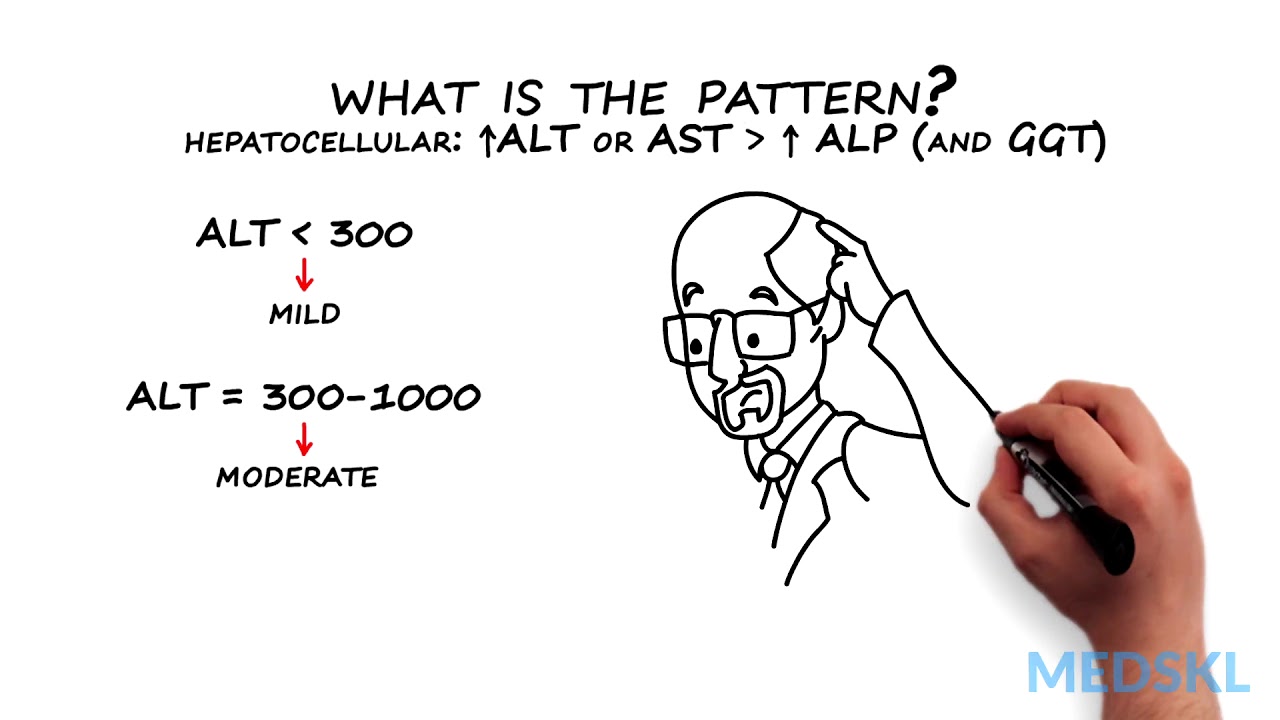
Gastroenterology – Abnormal Liver Tests: By Kelly Burak M.D.
- Post author:
- Post published:June 6, 2021
- Post category:Uncategorized
- Post comments:0 Comments
You Might Also Like

Sports Medicine Video – 1

01-Intro to A & P-definitions

Upright Row-2
Hormonal Weight Gain In Females

Geriatrics Video – 1
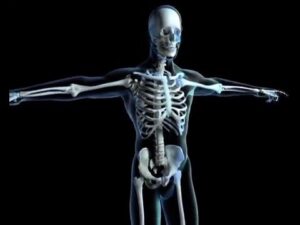
Skeletal System – SOS Fast Facts

Oral Skin Nutrition Video – 1
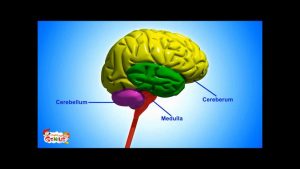
Brain Parts & Functions video for Kids from www.makemegenius.com

INDIAN STREET FOOD | Good or Bad | Guru Mann | Health And Fitness

Eggs and Diabetes

Incentive Spirometer: Promotes relaxation and cleans the lungs
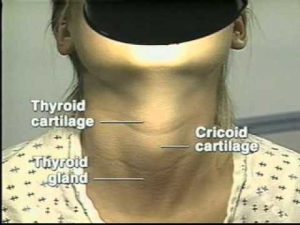
Lymph node, thyroid examination

how to calculate corrected esr
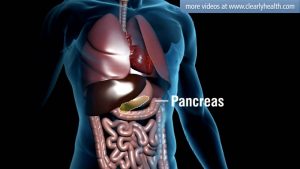
Diabetes: How insulin works

Lateral Raises-2
![Read more about the article What Is Creatine | Benefits, side effects And Dosage Of Creatine Monohydrate [ hindi ]](https://videos.drmaheshkumar.com/wp-content/uploads/2021/05/What-Is-Creatine-Benefits-side-effects-And-Dosage-Of-Creatine-Monohydrate-hindi--300x169.jpg)
What Is Creatine | Benefits, side effects And Dosage Of Creatine Monohydrate [ hindi ]
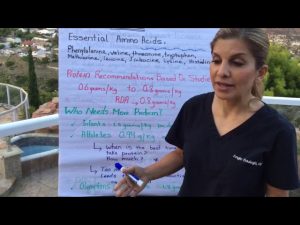
Daily Protein Requirements

Modified Tricep Dips Demo

The Ab Bench Back Extension : Training & Body Sculpting
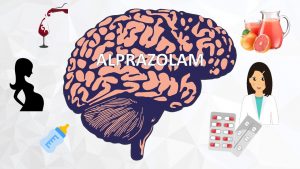
Alprazolam

3 Quad Training Tips for Faster Leg Gains (Muscle-Group Series)

Prime Body HCG Preparation
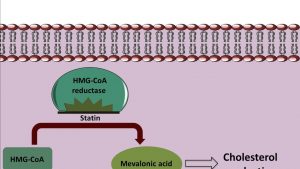
Mechanism of action of Statins

CHEST MACHINE / TUTORIAL FOR BEGINNERS – PART ONE

Flexibility Stretching Video – 1

Dermatology Video – 4
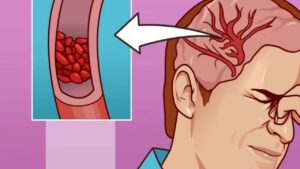
11 Signs Your Body Needs More Magnesium

Abdominal Exercises – Reverse Trunk Twist

Building Your Meal Plan! Learn How To Calculate Protein, Carb & Fat Daily Intake For Your Goals!

How to Reduce Bad Cholesterol

Pediatric Physiotherapy Video – 12

TIPS | Rujuta Diwekar| Food for Breastfeeding Indian Moms ( Episode 2)

Dangers of High Blood Pressure

Top 3 Exercises to Build Rear Delts, Rhomboids, & Middle Traps

GROWTH HORMONE FOR FAT LOSS???- Dr. NIKHIL TARI’S EXPLANATIONS
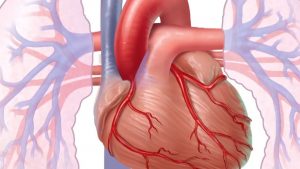
Mayo Clinic Minute: What is heart disease?

Asitis Creatine Monohydrate Benefits in Hindi | Creatine Monohydrate for Muscle and Strength Gain

Keto Diet, Keto Foods, Keto Recipes Video – 26
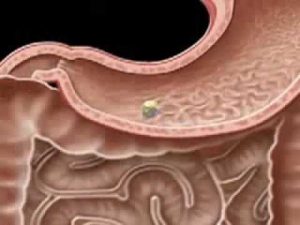
01 Liver Video

The Health Benefits of a Vitamin B Complex (Comprehensive Review)

Dumbbell Shoulder Press – Shoulder Exercise – Bodybuilding.com

